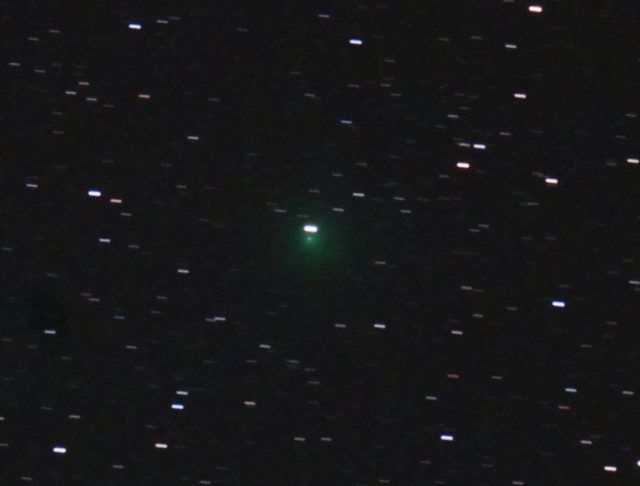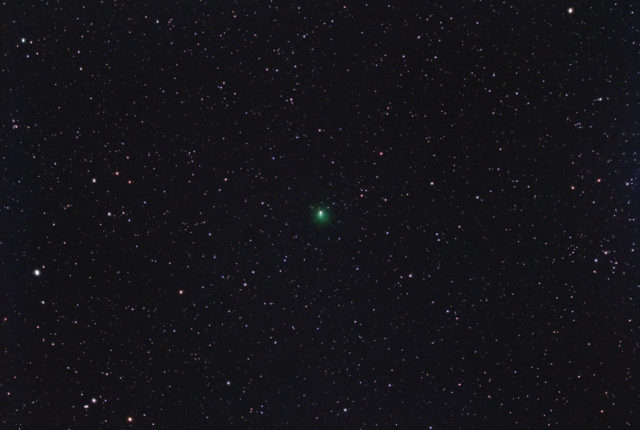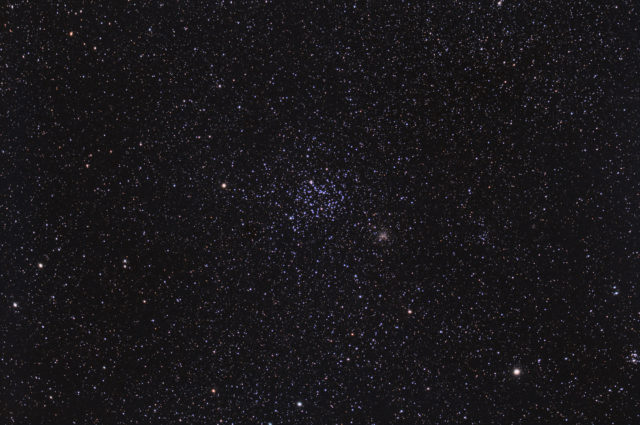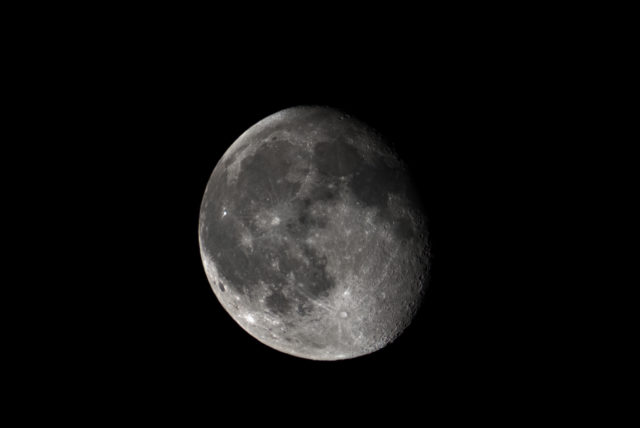

It was a clear Sunday evening on Jan 28th, 2024 and I had to do some tweaking to the scope, so I took advantage of the good weather and did some imaging to test the results.
After the tweaks and adjustments for the scope, I went straight to Comet 144P/Kushida, which was well placed in the early evening sky. I took 45 minutes worth of subs and above are the two images I generated from this data.

I shot of few sub-images of M35 the last time I was out and wanted to return to it now that I tweaked the scope. I got two hours of data on it and it came out reasonably well.
By the time I finished M35, the moon had risen high enough to drown out any dim nebulae and whatnot, so I shot the moon itself. It was still rather low in the sky, but did not come out too bad:

I resized it 200% for this display image and did some sharpening with the AstraImage Maximum Entropy Deconvolution filter in PS. Yes, not too bad at all for a 60mm scope.
